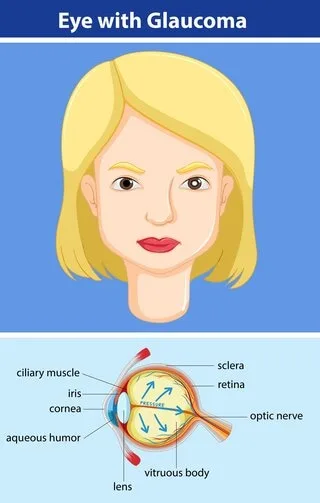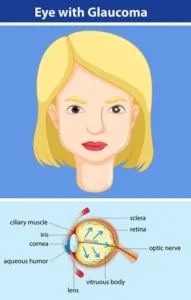
Introduction
Welcome back to my blog, friends! I am Dr Ashesh Gala, an Ophthalmologist practising at Netrajyot Eye Care Centre, Mulund (Mumbai). Today, let’s discuss a topic that I believe is crucial for everyone to understand: What is Glaucoma?
As a senior ophthalmologist, I have observed a lack of awareness among my patients, and this blog aims to bridge that gap. So, let’s dive right in!
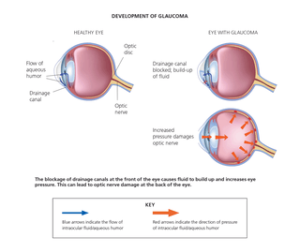
What is Glaucoma?
Simply put, Glaucoma is a group of eye conditions that damage the optic nerve, which is essential for good vision.
You know the optic nerve, right? It’s like the data cable that sends images from your eye to your brain.
Well, glaucoma is when that ‘data cable’ starts getting damaged, often because there’s too much pressure inside your eye.
Imagine a tire pumped up with too much air—that’s sort of what happens in your eye, and it puts a strain on your optic nerve.
This damage often happens due to increased pressure inside the eye. Over time, it can lead to vision loss.
What Is the Causes of Glaucoma?
Why does this happen? Well, the main culprit is increased pressure in your eye, often linked to a buildup of fluid. However, some forms of glaucoma have other causes like poor blood flow.
Major Types of Glaucoma
Understanding the types of glaucoma can help you better grasp the condition:
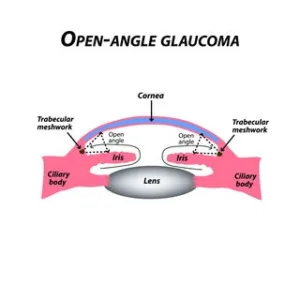
Open-angle Glaucoma
Now, in open-angle glaucoma, it’s more like the drain is getting slowly clogged with gunk over time. The water—eye fluid, remember—still drains, but much more slowly.
The weird thing is, that you usually won’t feel anything or notice any vision changes at first. It’s like a slow leak in a tire—you might not realize anything’s wrong until it’s almost flat.
So, the pressure builds up gradually, and it starts damaging that important ‘data cable’ to your brain, also known as the optic nerve, without you even noticing.
That’s why it’s super important to have regular eye check-ups to catch it early.
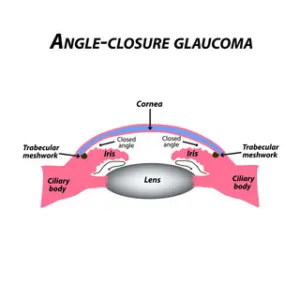
Closed-angle Glaucoma
Imagine your eye is like a sink, and there’s a drain that lets the water—actually, it’s eye fluid—flow out. Closed-angle glaucoma is like someone suddenly jamming a plug in that drain.
The water has nowhere to go, and pressure builds up super quickly. It’s like a plumbing emergency for your eye! You’d feel pain and maybe even get blurry vision or see halos around lights.
This is a situation where you’d need to rush to the eye doctor, like ASAP, to get that “plug” removed and relieve the pressure.
Unlike its sneaky counterpart, closed-angle glaucoma shows up suddenly. It can cause severe eye pain and requires immediate attention.
Signs of Closed-angle Glaucoma
Watch out for red eyes, severe eye pain, and blurry vision. If you experience these, rush to an eye specialist immediately.
Open-angle Glaucoma Symptoms
Symptoms include gradual loss of peripheral vision and, in advanced stages, tunnel vision. Sadly, it’s often too late by the time you notice.
Glaucoma in Children’s Symptoms
Yes, even kids are at risk. Look for excessive tearing, sensitivity to light, or a whiteish appearance in the eye.
Normal-Tension Glaucoma Symptoms
Shockingly, you can have glaucoma even without high eye pressure. Symptoms are similar to open-angle glaucoma, but it’s trickier to diagnose.
Do Glaucoma Suspects Have Symptoms?
Not necessarily. You may have higher eye pressure without the nerve damage typical of glaucoma. Frequent check-ups are your best defence.
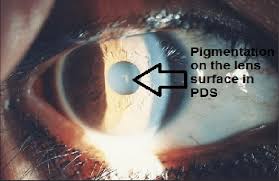
Pigment Dispersion Syndrome
In this condition, pigment cells clog the drainage channels, raising eye pressure and increasing the risk of glaucoma.
Who Is at Risk for Glaucoma?
Older adults, people with a family history, and those with other eye conditions are generally more at risk.
But remember, it can affect anyone.

Glaucoma Diagnosis
A comprehensive eye exam is essential. This includes measuring eye pressure, inspecting the drainage angle, and assessing the optic nerve.
Glaucoma is a Silent Killer of Vision
It creeps in quietly, often going unnoticed until severe vision loss occurs. Regular eye check-ups are crucial for early detection.
Can Glaucoma Be Stopped?
Unfortunately, existing vision loss can’t be reversed, but the progression can often be halted or slowed down with proper treatment.
Glaucoma Treatment
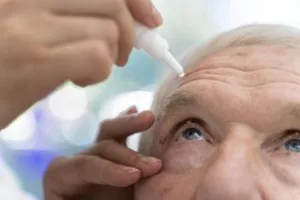
Treatment options vary:
–Medication
Eye drops are commonly prescribed to lower eye pressure.
-Laser Surgery
Laser procedures can also help to open up drainage channels.
Lifestyle to Prevent Glaucoma
A balanced diet and regular exercise can go a long way in prevention.

Your Role as a Patient in Glaucoma Treatment
You’re not a passive observer; you’re a partner in your care. Adhering to medication schedules and lifestyle changes can make a world of difference.
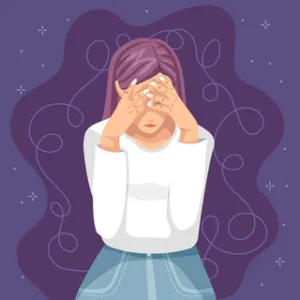
The Invisible Emotional Scars of Living With Glaucoma
Imagine waking up one day and finding the world around you slowly getting darker, as if someone is dimming the lights, but permanently.
The emotional toll of losing your sight is immense, impacting not just you but also your loved ones.
This is why treating and managing glaucoma isn’t just about medication or surgery; it’s about saving the essence of your world.
Glaucoma doesn’t just affect you; it has a ripple effect on everyone around you. Picture not being able to see your child’s first smile or the loving gaze of a partner.
Those moments are priceless, and losing them leaves an emotional scar that is invisible but very real.
As a medical professional, it’s heartbreaking to see that look of realization on my patients’ faces—that their lives may never be the same again.
The eyes are often called the windows to the soul. Glaucoma slowly and mercilessly shuts these windows.
I’ve sat with patients who were consumed with worry about not seeing their kids’ faces clearly, or missing out on the vibrant colours of a setting sun.
We need to fight this emotional battle as much as the physical one.

The Power of Early Detection
Now, let’s be clear: early detection can be a lifesaver. Or should I say, an “eyesaver”?
As someone who has witnessed the relief on my patient’s faces when they catch this condition early, I can’t stress this enough.
So, please, if you’ve not done it yet, book that eye exam today!
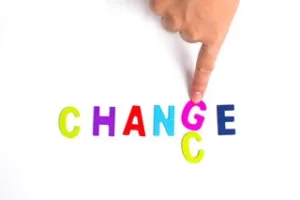
Small Changes, Big Impact: Living a Full Life With Glaucoma
But it’s not all doom and gloom. Even if you’ve been diagnosed with glaucoma, small lifestyle changes can make a big difference.
Adopting a healthier lifestyle, following your medication regime, and keeping up with regular check-ups can offer you a chance to lead a full, vibrant life.
And there’s immense joy in that—a joy I’ve seen reflected in the eyes of those who’ve managed to keep glaucoma at bay.
The Beauty in Every Day: What You Stand to Lose
Consider the little things that bring you happiness. A glowing sunrise, the twinkle in your child’s eyes, the warm hues of a sunset. These are the everyday miracles that glaucoma threatens to take away from you.
So every eye drop you put in, every check-up you attend is not just medical compliance—it’s an act of rebellion against this life-altering condition.

To the Caregivers: Your Role Matters
For those of you who are caregivers, understand that your role is significant, emotionally as well as practically.
Your encouragement can mean the world to someone who’s fighting the battle against glaucoma.
Your reminders to take medicine on time, your willingness to attend medical appointments, your simple acts of love—these can uplift a soul weighed down by the emotional burden of glaucoma.
Conclusion
Friends, glaucoma is often called the “silent thief of sight” for good reason. Awareness is your first line of defence. I hope this blog helps you understand what you’re up against.
As we close this discussion, let’s remind ourselves that time waits for no one, and certainly not for glaucoma. Every moment delayed can be a step closer to irreversible vision loss. I have been a witness to both miracles and tragedies in my years of practice.
While medicine can do wonders, the first step starts with you, recognizing the urgency of the situation.
So here’s a question to ponder: When was the last time you or your loved ones had a comprehensive eye check-up? With something as precious as your sight, can you afford to take chances?

